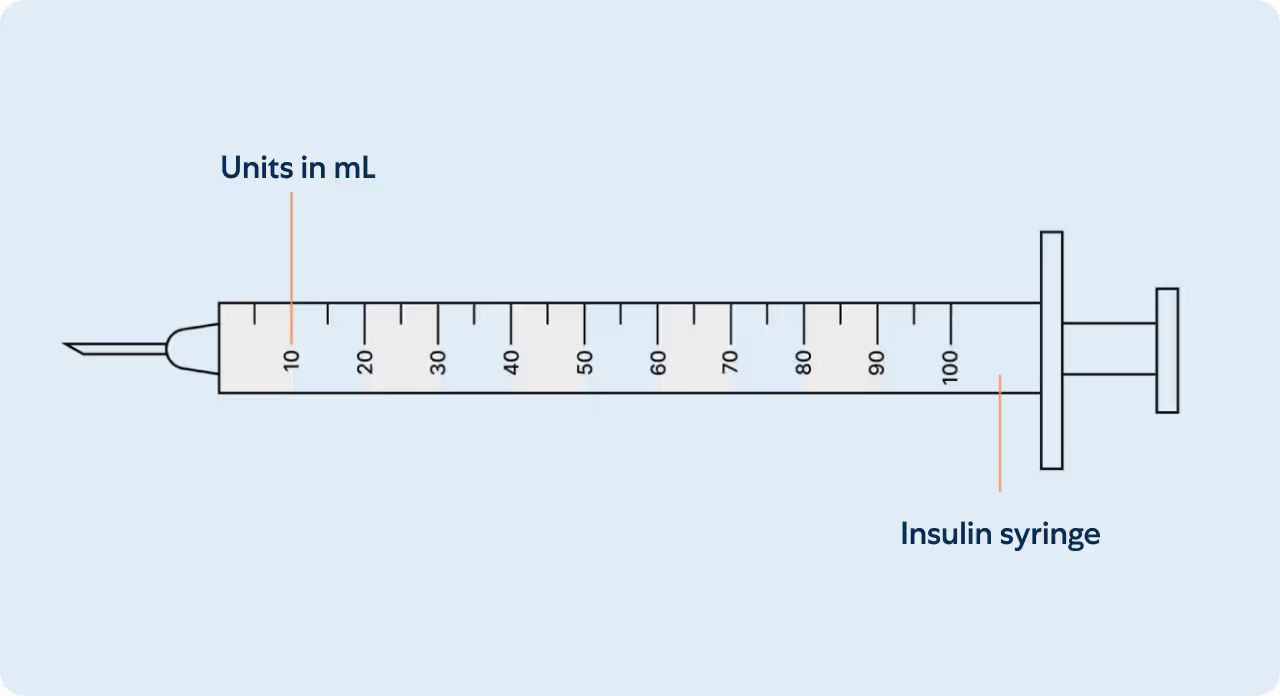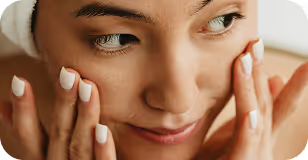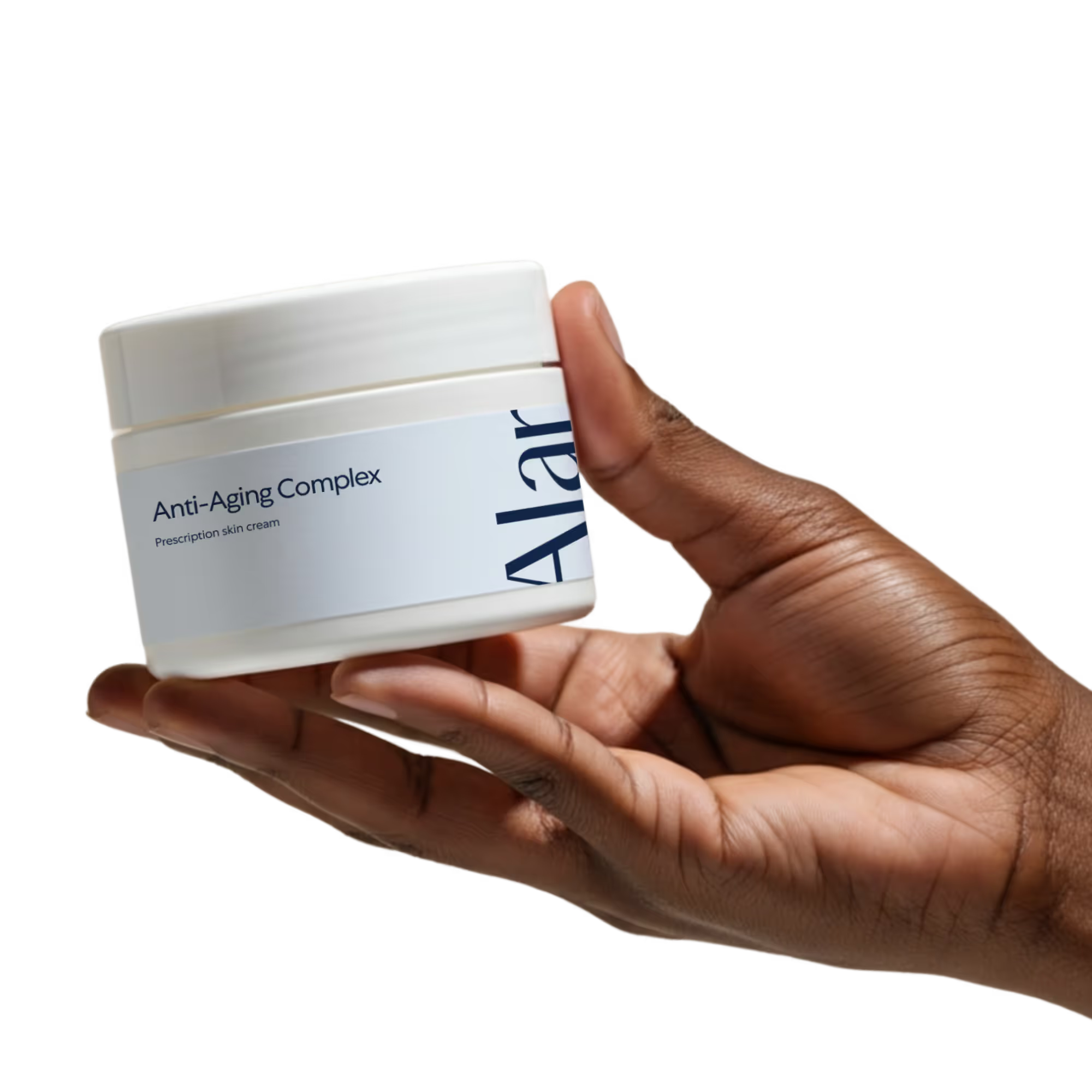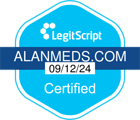Storage
Store your Anti-Aging Cream at room temperature, away from direct sunlight, heat, and moisture. Do not freeze. Keep the cap tightly closed and out of reach of children.
Instructions
This information is intended for individuals who have been prescribed Anti-aging Face Cream by their Alan Health provider.
{{cream-images}}
Instructions for Use
- Apply to clean, dry skin at night.
- Use a pea-sized amount for the entire face (do not use as a spot treatment).
- Avoid the eye area, corners of the mouth, and broken or sunburned skin.
- To reduce irritation, start with 1–2 nights per week, then increase frequency as tolerated.
- You may apply a moisturizer after the cream, or mix the cream with your moisturizer to buffer irritation.
- In the morning, rinse your face as usual and always apply sunscreen before you head out for the day.
Important Precautions
- Always apply broad-spectrum SPF 30+ sunscreen daily while using this product.
- Pause use if your skin becomes overly irritated or inflamed.
- Avoid waxing, harsh exfoliants, or other strong topicals (e.g., AHAs, benzoyl peroxide) during use.
- Do not use this product if you are pregnant or breastfeeding.
- Consistency is key—regular use delivers the best results.
Understanding your insulin syringe

Measuring your dose
Insulin syringes are used for subcutaneous injections. They are marked in Units on the insulin syringe barrel (see illustration). Insulin syringes facilitate the precise measurement of tiny amounts of liquids which are ideal for medications such as insulin that require small and accurate dosing. Unit marks are also expressed in mL’s and can be interchangeably referenced. A prescriber may write a prescription in Units or in mL’s.
Within the amount of liquid is the prescribed mg dosage of your medication (see mg chart). Milligrams (mg) is not an amount of liquid, but rather the amount of drug that is within. The conversion between units and milligrams varies depending on the concentration of the product being used.
What can I expect?
{{what-to-expect-anti-aging-complex}}
Safety information
The most common side effects include mild irritation, dryness, redness, and peeling, especially during the first few weeks of use.
In rare cases, side effects may include persistent burning, skin discoloration, or allergic reaction. Seek medical attention if you experience swelling, hives, or difficulty breathing.
Do not use this product if you are currently pregnant, breastfeeding, or plan to become pregnant or breastfeed without consulting a qualified healthcare provider.
Note: The above statements have not been evaluated by the Food and Drug Administration. This product is not intended to diagnose, treat, cure, or prevent any disease.
Frequently Asked Questions
What is the Anti-Aging Complex and what does it do?
This anti-aging cream combines Tretinoin (0.05%), a prescription-strength retinoid, and Ascorbic Acid (10%), a potent form of Vitamin C. Together, they help reduce fine lines, fade dark spots, improve skin texture, and brighten overall tone. With consistent use, it can help reverse signs of sun damage and promote clearer, healthier-looking skin.
How do I apply the Anti-Aging Complex?
Apply a pea-sized amount to the entire face at night on clean, dry skin. Avoid the eyes, mouth, and irritated areas. You can use a moisturizer after applying, or mix the two to ease irritation.
How often should I use the Anti-Aging Complex?
Start with 1–2 nights per week, especially if you have sensitive skin. Increase to nightly use as your skin adjusts. Mild peeling or dryness is common during the first few weeks.
Is it safe for all skin types?
Yes—most skin types tolerate this formula well when introduced gradually. Sensitive skin users should buffer with a moisturizer. If irritation persists, pause use and check with your provider.
When can I expect to see results?
You may see early improvements in tone and texture in 6–8 weeks, with more visible results—like smoother, brighter skin and reduced discoloration—by 3 to 6 months of consistent use.
Can I use this with other products in my routine?
Yes, but avoid layering it with other potentially irritating products like AHAs, BHAs, benzoyl peroxide, exfoliating scrubs, or other retinoids. Stick to gentle cleansers, moisturizers, and daily SPF. If you're unsure how to build your routine, start with cleanser → anti-aging cream → moisturizer → SPF (in the AM).
Can I continue to use the Anti-Aging Cream long term?
Yes. This formulation is safe for long-term use and often becomes more effective over time. Many people use tretinoin as a foundational part of their ongoing skincare routine.
What are the potential side effects?
Mild side effects are common, especially during the first 4–6 weeks as your skin adjusts. These may include dryness, redness, peeling, irritation, or a stinging sensation after application. These symptoms usually improve with consistent use and proper skincare.
To reduce irritation, start slowly (1–2 nights per week), moisturize regularly, and always use sunscreen during the day.
In rare cases, more serious reactions like rash, swelling, or severe irritation may occur. If you experience any of these, stop using the product and contact your healthcare provider.
Additional support
For details about your medication and dosing, please log in to your patient portal. Your physician is here to help with any medical questions. If you are experiencing a medical emergency, call 911 right away.













